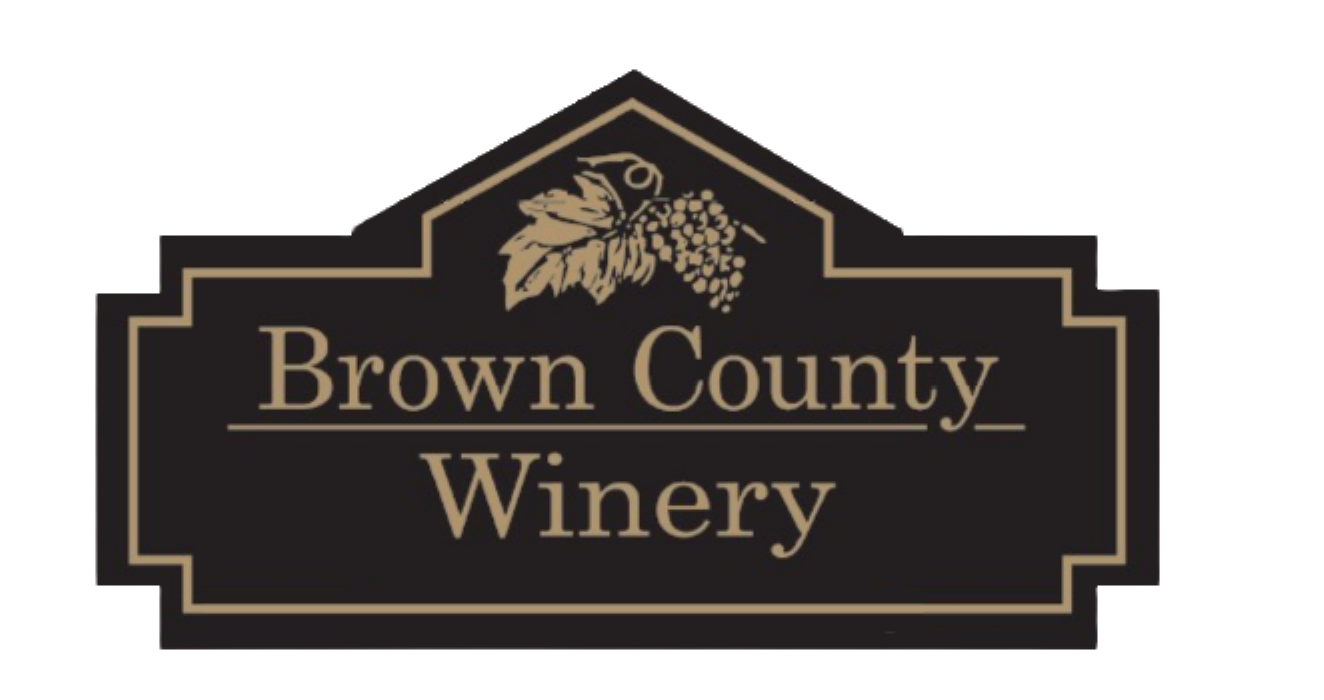
Wine Characteristics
If you have any questions about what is in wine, what we might use to make it, and how it will affect your nutrition, here are some answers! These are guidelines, general information, and frequently asked questions about wine.
Sulfites
Sulfites are a naturally occurring compound that is produced when fruits are fermented into wine. These compounds help keep wine stable on the shelf for long periods of time by slowing down the oxidation reaction that will spoil wine over time. Sulfites are also added to many other foods to ensure freshness (dried fruits, packaged meat). We add sulfites to all of our wine at the proper level for each variety of wine. This is based on several factors including pH and the sulfur amount already in the wine. Each wine will require different levels, with white wines generally requiring more than red wines. Wines are labeled as '‘Containing Sulfites” as these compounds can cause allergic reactions in some people. Sulfites are probably not the cause of wine headaches as the alcohol and other compounds from the grape skins and seeds are more likely candidates.
Visit Wine Folly ( and their sources at the bottom of their page) and The Waterhouse lab at UC Davis for more information on sulfites in wine.
Tartrates
Brown County Winery wines will sometimes accumulate tartrates in the bottom of the bottle or appear on the bottom of the cork and neck of the bottle when the wine is chilled. Tartaric acid is naturally occurring in grapes and will solidify after the grapes are fermented into wine. The tartrate solids will be more plentiful when a wine is chilled. We do our best to remove these from finished wine, but if you see small crystal-like solids in the bottom of the bottle or on the cork, there is nothing wrong with the wine. This molecule is actually one of the main ingredients of Cream of Tartar, a common baking ingredient. If you see tartrate solids (sometimes called “wine diamonds”) in a chilled white wine, let all the solids fall to the bottom of the bottle before pouring into a glass. If you see these solids on the cork or in the neck of the bottle, wipe out the bottle before serving or decanting.
Visit Wine Spectator to read more about tartrates and to find more info about these crystals. Read this article at Epicurious to see how cream of tartar is used in baking.
Residual Sugar
Sugar is a very important part of wine, whether it makes it into the final product or not! The natural sugars in the fruit is fermented by yeast to create alcohol, carbon dioxide, heat, and some other interesting things. When all of the sugar in the fruit has been fermented by the yeast, the wine is now ‘dry,’ meaning no sugar is left in the wine. Sometimes the fermentation will stop before all the sugar has been fermented, and this leftover sugar is called ‘residual sugar.’ Residual sugar is most often expressed as a percentage and can be referred to as just RS (i.e. 2% RS). Sugar can also be added back into wine with juice, pure sugar, or blending sweet wines.
Brown County Winery wines are put into categories based on the amount of sugar in the wine: dry, semi-dry, semi-sweet, and sweet (or dessert). In general, dry wines have less than 1% RS, semi-dry 1 - 3, semi-sweet 3-5, and sweet wine over 5. Our fortified wines are much sweeter, with the Old Barrel Port at 8% and the Chateau Gnaw Bone Black Raspberry at 10%.
1% residual sugar translates to 10 grams of sugar per 1 liter of wine. A standard wine bottle is 750 mL (or 0.75 L), so a wine with 1% RS will have 7.5 grams of sugar in the bottle and 5% RS will have 37.5 grams of sugar in the bottle.
Calories in Wine
Calories in wine comes down to two things; alcohol content and residual sugar. We can find a general idea about the amount of calories in a glass of wine by consulting a table created by the Purdue Wine and Grape team and finding the corresponding data point. For example, our Vista Red Wine has 4.5% residual sugar and 11% alcohol. Therefore, a 5 ounce glass of Vista Red will have 106 calories. Take a look at this table to find out the calorie count of your glass of wine.
Thanks to the Purdue Wine and Grape Team for completing this research and sharing with Indiana wineries.
Gluten & Vegan
Wine is a naturally gluten free product because we do not use any gluten containing grains when making it. Only grapes and other fruits are used as the base to our wines. Additionally, we do not use any animal products when making our wine. All of our other ingredients (stabilizing agents, enzymes, etc.) are gluten free and are common additives in wine and other foods. However, Brown County Winery does not have gluten free, vegan, or organic certifications for any of our wines.
Read this research from Univeristy of Chicago Medicine that details how gluten is present or not in alcoholic drinks.
